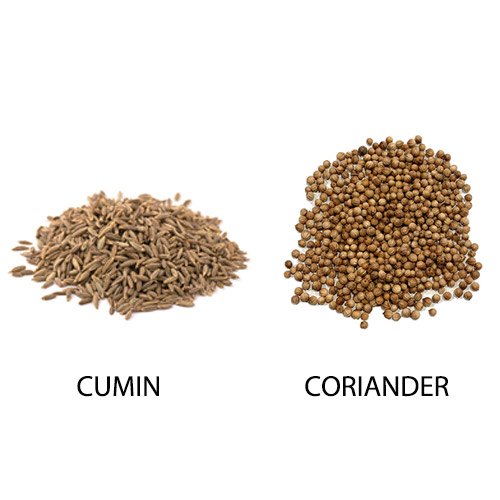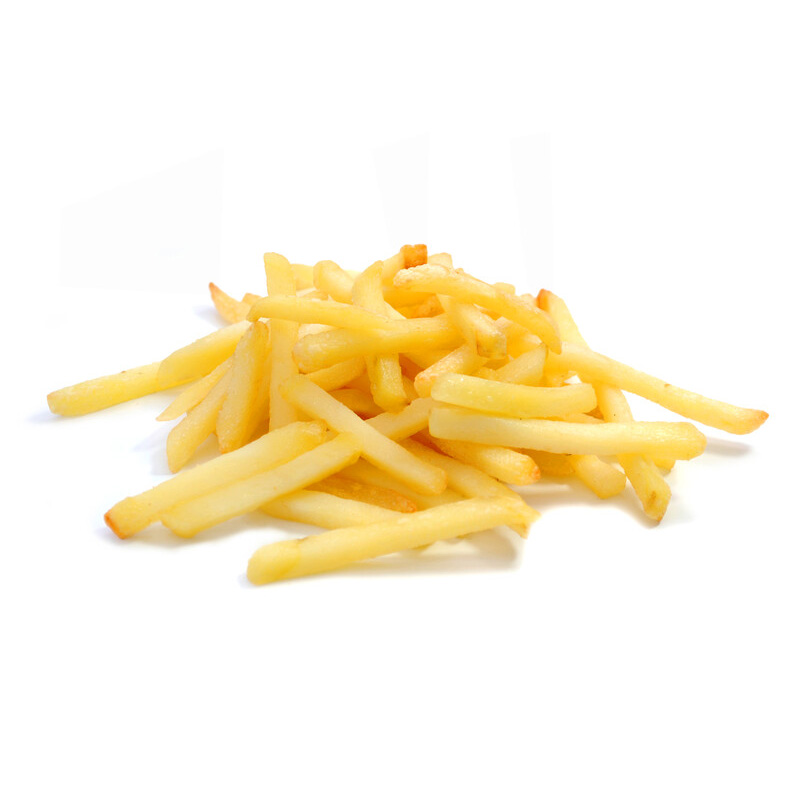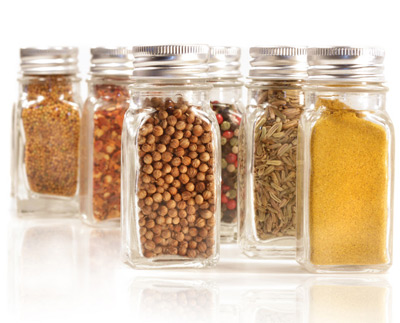Coriander and Cumin are both essential ingredients in Indian food. This past week I made a delicious chickpea and potato curry and the recipe of course included both of these spices. These spices are almost always paired together in Indian cooking so it is not unusual for these spices to be mistaken for each other.
What is the difference between cumin and coriander?
These two spices do not taste the same. They do both add a bit of heat to your recipes but that is where the similarity ends. Their flavor profiles are quite different from each other. Coriander has a slightly sweet flavor. The flavor of cumin is more bitter. Cumin is much warmer and darker in flavor and coriander has a lighter, brighter flavor. These two spices come from different plants so have unique nutritional values and appearance as well. Cumin seeds are flat and narrow shaped with a brown/yellow color while coriander seeds are larger, more round and have a brownish color with lines. While both of these spices are packed with beneficial vitamins, minerals and nutrients, cumin comes out ahead, with more health benefits to offer than almost any other spice.
Cumin and coriander are some of the key ingredients in the Indian Spice mix Garam Masala. These spices combine well with a few other spices to provide a unique Indian blend that offers a spicy and pungent flavor.
Can these spices be used as a substitute for each other?
Ground cumin can be used in place of ground coriander sometimes but as a rule I generally don’t recommend it. The two work beautifully together but given the fact that one is sweet and the other is bitter they really are not suited to act as a substitute. Ground coriander should not be used in place of cumin, it will change the flavor too much.
MySpicer carries both of these spices in whole as well as ground forms:





